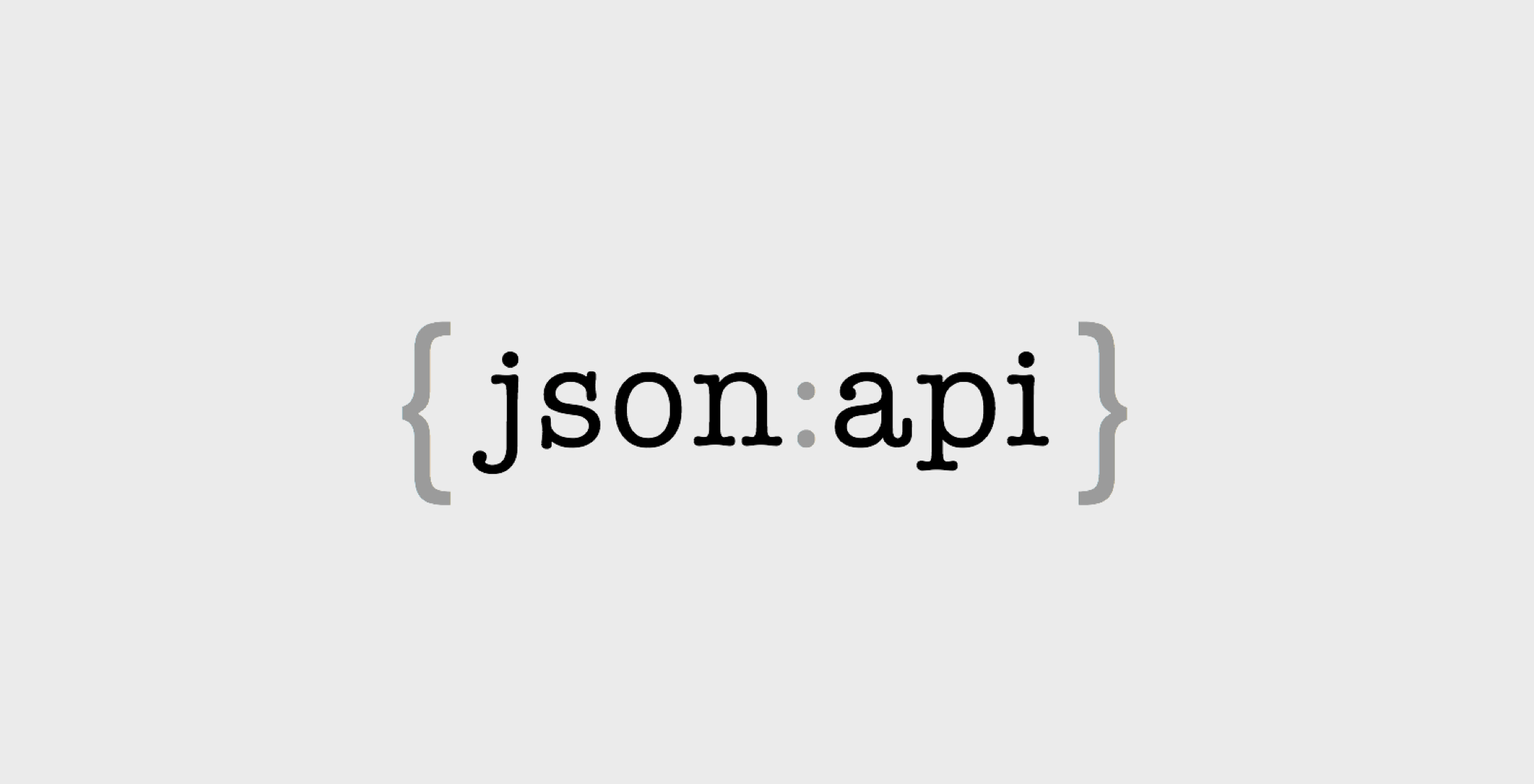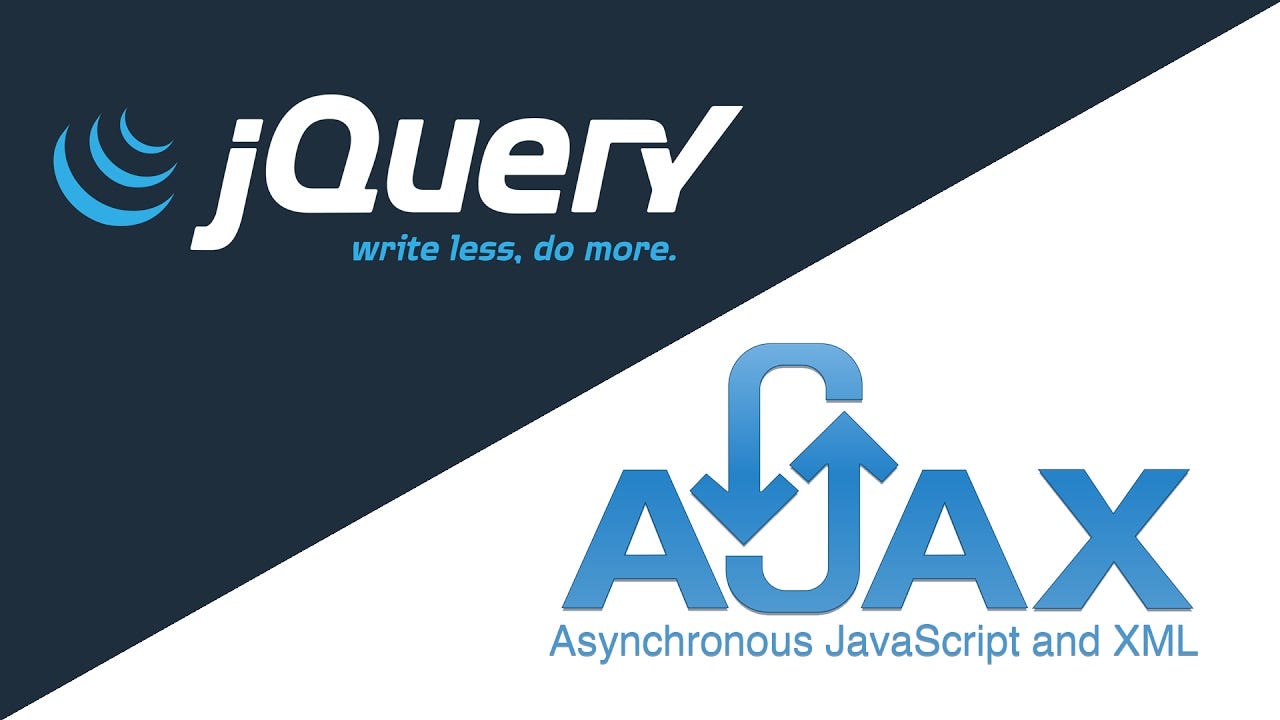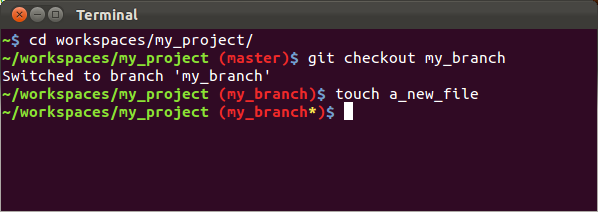The Art of Metaprogramming in Ruby
Episode 1: Metaprogramming Unveiled
Welcome to the first episode of our exploration into the fascinating realm of metaprogramming in Ruby! In this series, we’ll delve deep into the world of code that writes code, a powerful feature that distinguishes Ruby from many other programming languages.
What Is Metaprogramming?
Metaprogramming, in a nutshell, is the art of writing code that can generate or manipulate code during runtime. Imagine it as crafting instructions for your program to follow on the fly. While this might sound abstract, it’s something you’ve likely encountered before.
Consider code generators and compilers. They take your code and transform it into something else, like machine code or configuration files. In a broad sense, this is a form of metaprogramming. However, in Ruby, metaprogramming goes much further.
Metaprogramming in Ruby
Ruby provides an environment where the program remains dynamic even as it runs. Most language constructs stay active, and you can walk up to them and ask questions about themselves. This characteristic is called introspection.
Introspection allows you to examine and interact with a program’s internal structures, such as classes, methods, and objects, during runtime. It’s a powerful feature that enables metaprogramming in Ruby.
Let’s start with a practical example using Ruby’s interactive console, irb, and later we’ll explore the pry gem, which enhances introspection.
# Using irb for introspection
# Let's create a simple class
class Person
attr_accessor :name, :age
def initialize(name, age)
@name = name
@age = age
end
end
# Now, in irb, we can inspect this class and its methods
p = Person.new("Alice", 30)
p.methods
p.class
Episode 2: Embracing Open Classes
In this episode, we’ll dive deeper into Ruby’s Open Class feature, a powerful aspect of metaprogramming that allows you to modify existing classes during runtime.
What Is an Open Class?
An Open Class is a class that remains open for modification, even after it’s been defined. In Ruby, there’s no separate compilation or linking phase—everything happens during runtime. As a result, you can add, change, or even replace methods and behaviors of classes on the fly.
This dynamic nature of Ruby empowers you to extend or alter the behavior of not only your own classes but also built-in classes like String, Array, and even core classes like Object itself.
Practical Example: Extending a Built-in Class
Imagine you want to add a custom method to the String class to reverse the characters in a string.
# Adding a reverse method to the String class
class String
def reverse
self.chars.to_a.reverse.join("")
end
end
# Now you can use it with any string
"Hello, world!".reverse
However, be cautious when overwriting existing methods or behaviors, as they will be replaced entirely.
The Concept of Monkey Patching
In Ruby, developers often use the term “monkey patching” to describe the act of modifying or extending classes or modules that you don’t own or control. While this technique is flexible and powerful, it can also lead to unexpected issues if not done carefully.
Episode 3: Refining Your Metaprogramming Skills
In the previous episode, we explored Open Classes and the concept of monkey patching. In this episode, we’ll introduce the concept of Refinements, a way to apply metaprogramming techniques more selectively and safely.
Understanding Refinements
Refinements provide a mechanism to extend classes locally without affecting the global scope or other parts of the codebase. This helps mitigate the potential issues that can arise from monkey patching.
Key Points to Remember:
- Refinements can only be applied to classes, not modules.
- They are activated using the
usingmethod. - You can have multiple refinements for multiple classes, and each refinement is contained within an anonymous module.
- Refinements can be activated at the top level, inside classes or modules, but not within method scopes.
- Refinements are active until the end of the current class, module, or file (if used at the top level). They are deactivated when control exits the scope.
Let’s see a practical example of how refinements work:
module StringExtensions
refine String do
def shout
"#{self.upcase}!!!"
end
end
end
# Activate the refinement
using StringExtensions
# Now, the shout method is only available in this scope
"hello, world".shout
Wrapping Up
Metaprogramming is a powerful technique that allows Ruby developers to create dynamic and flexible code. In this series, we’ve only scratched the surface of what’s possible. Stay tuned for more episodes as we explore advanced metaprogramming topics like method_missing, dynamic code generation, and more!
























